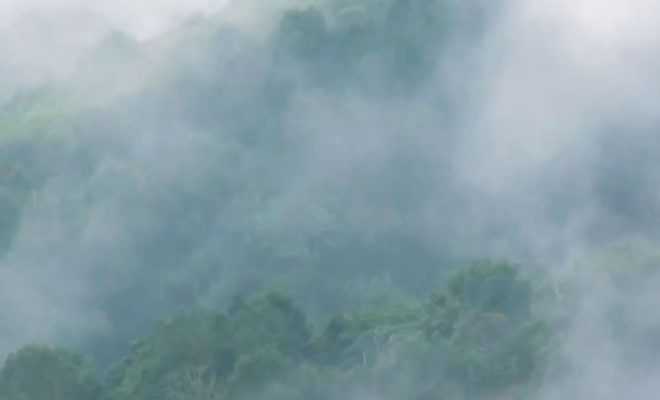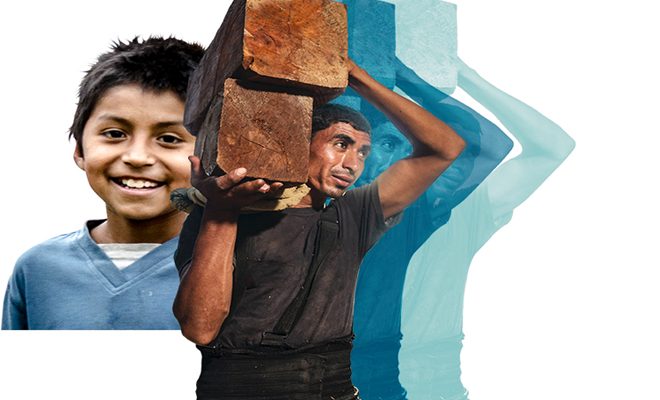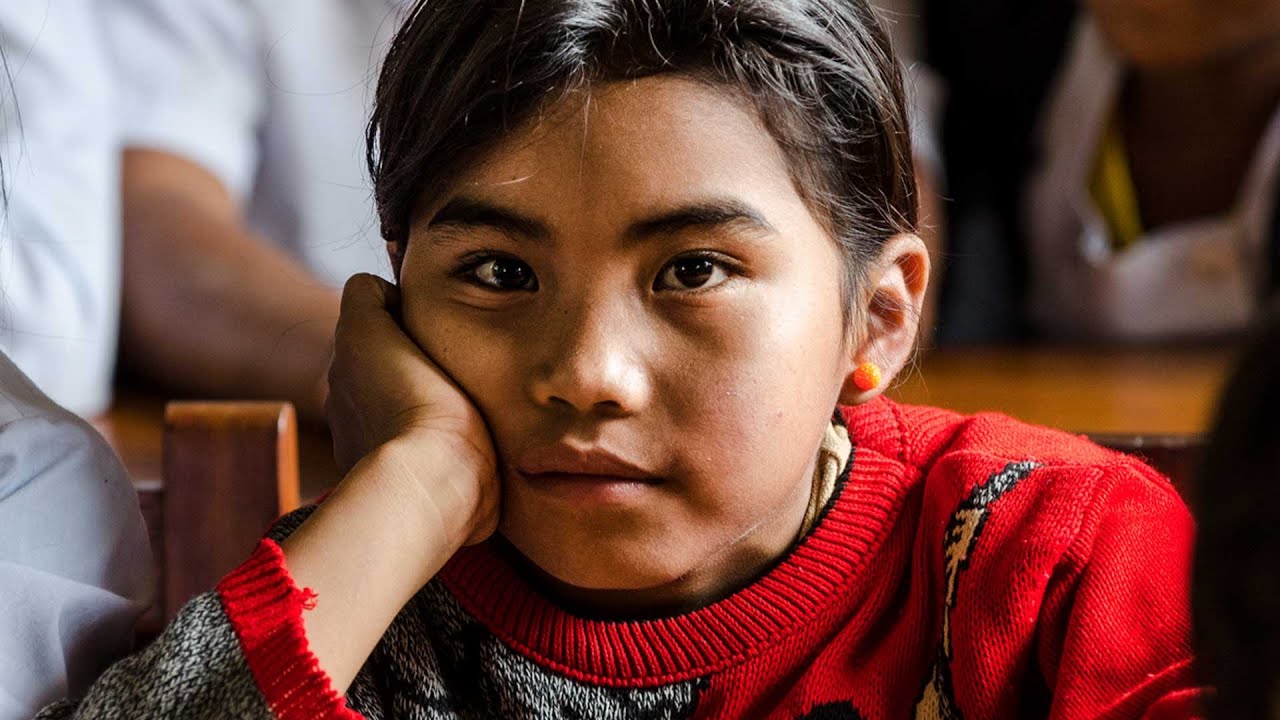
In Mexico, Chiapas is recognized as the guardian of the nation’s water future, supplying 30% of the country’s water needs. With a high annual average rainfall of about 1,000 mm, the region boasts five lagoons and 47 rivers, including the Grijalva and the Usumacinta, two of the largest in the country, contributing to a surface water availability of 92,000 cubic hectometers. Additionally, as per the National Water Commission (Conagua), Chiapas possesses one of the ten largest groundwater reserves in the world. However, despite this natural wealth, the water security of its inhabitants does not align consistently with these abundant resources.
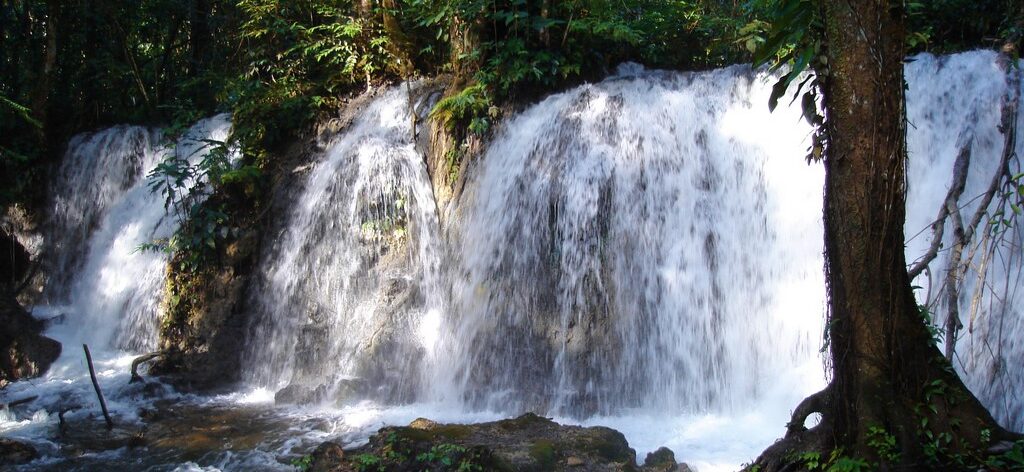
Many parts of the world experience the paradox of being surrounded by water yet unable to utilize it. © Luis Alberto Figueroa
Water, So Close and So Far
According to a study conducted by the State Committee for Statistical and Geographic Information of Chiapas, in 2022, the state held the highest population percentage living in poverty in Mexico, with 67.4% (approximately 3.8 million people) representing two-thirds of its total population.
Chiapas grapples with poverty, and this economic challenge extends to water access. The 2020 Population and Housing Census by the National Institute of Statistics and Geography (INEGI) revealed that nearly 700,000 residents in Chiapas lack direct access to adequate, safe, and affordable drinking water. Half of the municipalities face issues in the water supply network, particularly in rural areas. Moreover, only nine out of the 124 towns in the state have wastewater treatment facilities, contributing to frequent contamination of water sources.
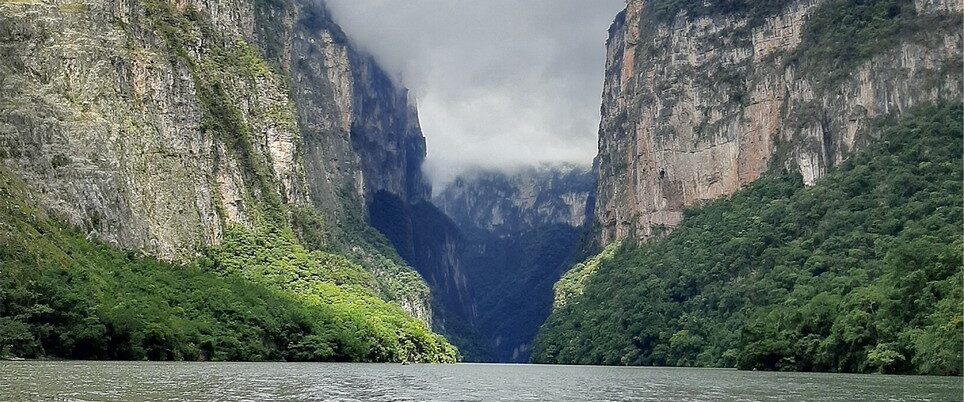
In Mexico, Chiapas is recognized as the guardian of the nation’s water future, supplying 30% of the country’s water needs.
Despite the abundance of water resources in Chiapas, women in rural areas often face the challenge of walking up to four or five kilometers to fetch water for their homes. The root of this problem lies in the deteriorated state of the water supply facilities. The decline in investment, spurred by government policies in the 1990s in response to cholera outbreaks in the region, is identified as a significant cause of the inadequate infrastructure.
Neglected Communities
In the municipality of Ocotepec, considered one of the most neglected in Chiapas, a project has been initiated to address water access, provide knowledge about natural resources, and promote hygiene in five communities. These communities, comprising a population that is 99% indigenous, currently lack continuous water supply. Water reaches them only 15 days a month, with limited access to around 30-45 minutes per day. The primary challenges include the absence of suitable containers for safe water storage and inadequate piping and distribution network maintenance.
A Paradox Present in Central America
Ocotepec is a good example of the common deficiencies in water access experienced in many areas where natural resources fail to reach the population. A similar situation is evident in Honduras, a country with just over 10 million inhabitants. Despite having high water availability, with at least 87,000 cubic hectometers per year (3,000 less than in Chiapas), over 327,000 farmers rely on unimproved water sources, such as dug wells or unprotected and unsecured springs. In the water system rehabilitation project conducted in El Paraíso, we observed the vulnerability of these precarious installations to violent phenomena, such as hurricanes.
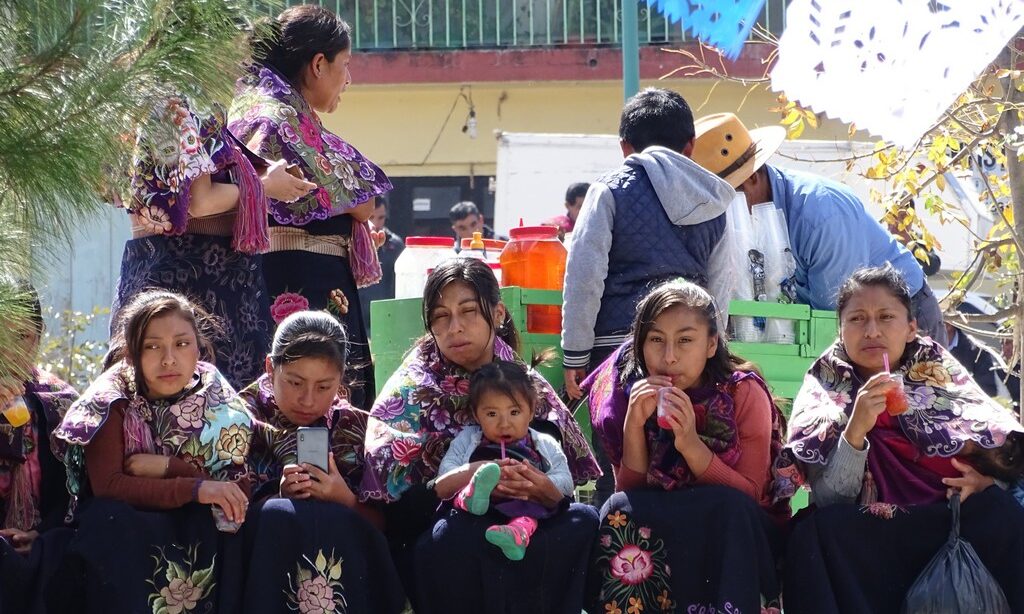
In the municipality of Ocotepec, considered one of the most neglected in Chiapas, a project has been initiated to address water access, provide knowledge about natural resources, and promote hygiene in five communities.
Farmers in Nicaragua similarly do not fully benefit from the abundant water resources in their environment. According to the JMP, in 2021, over half of rural schools in Nicaragua lacked access to water, and one in three had no sanitation facilities. In our project, carried out in the departments of Jinotega and Boaco, we addressed the challenges faced by five schools located in a water-abundant region. Despite the availability of water, students had to undertake long journeys to fetch water, and the existing latrines were deemed unsafe.
An Endangered Natural Paradise
The abundance of water is a defining characteristic of Central America. Chiapas, Mexico’s southernmost state, situated on the border with Guatemala, marks the northern end of the Mesoamerican Biological Corridor, recognized as one of the most biodiverse cloud forests globally. This region serves as a connecting link among the natural areas of Belize, Guatemala, El Salvador, Honduras, Nicaragua, Costa Rica, and Panama, forming a land bridge for migratory species between South and North America. Additionally, it stands as the natural habitat for approximately 7 to 10% of the world’s known species.
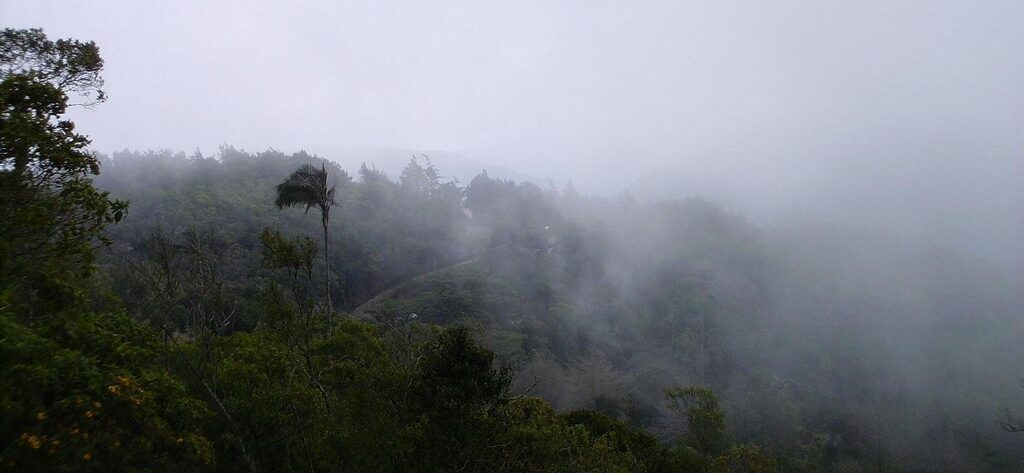
Chiapas, Mexico’s southernmost state, situated on the border with Guatemala, marks the northern end of the Mesoamerican Biological Corridor, recognized as one of the most biodiverse cloud forests globally. © Fev
These exceptionally beautiful ecosystems stand out for abundant rainfall and dense fogs that are captured by the forests. The forests, in turn, retain the water and slowly release it into the tributaries of the rivers.
However, this natural water wealth is under threat, and this is particularly evident in Chiapas. Deforestation, the expansion of coffee cultivation, and the impacts of climate change have rendered its forests among the most vulnerable ecosystems globally.
Another looming threat is the risk of a climatic tipping point: the delayed onset of the rainy season leads to the gradual deterioration of the forest each year. This not only heightens the vulnerability of the agricultural population but also induces water stress throughout the basin, triggering an alarming feedback loop. This critical situation is a recurring pattern in nearly all the countries within the Mesoamerican Biological Corridor, posing a significant menace to its exceptional environmental treasure.
Returning Water to Native Cultures
Chiapas has experienced a substantial loss of 55% of its original forests, primarily due to deforestation driven by industrialized agriculture focused on coffee, corn, and cattle production. This intensive development not only contributes to the displacement of native cultures but also leads to the abandonment of traditional and sustainable methods that were once practiced.
This neglect must be stopped, as we succeeded in doing in the Bosawas Reserve in Nicaragua, where we implemented solutions for communities threatened by the degradation of fertile soil to recover the natural water cycle. Education is shown to be one of the fundamental lines of work for the promotion of traditional agricultural and livestock farming techniques, which are the best guarantee of the sustainability of economic activity, curbing deforestation, and promoting intercultural relations and gender rights.
A viable solution for Chiapas’ water challenges lies in ensuring access to water for those currently lacking it. Globally, rural communities, deeply rooted in culture and autonomy, serve as the bedrock for environmental recovery and maintaining a balanced demographic equilibrium on the planet.



